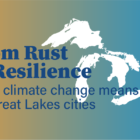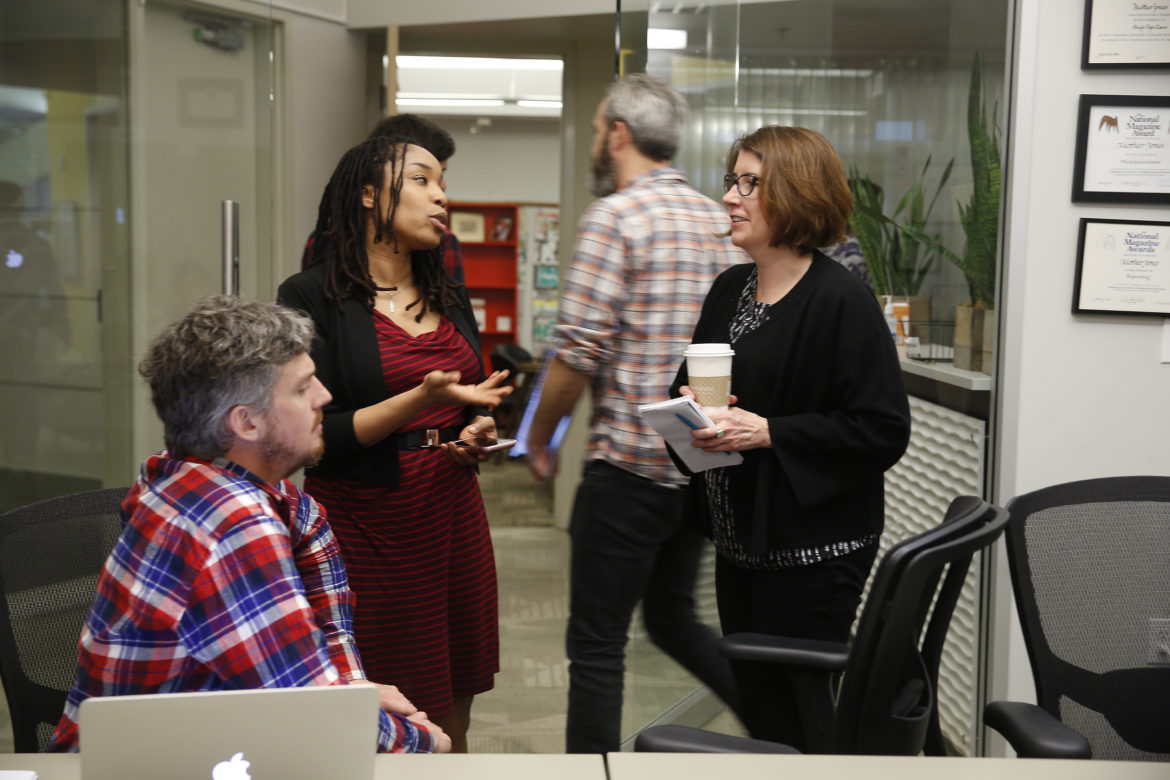As we move further into the pandemic, we've heard from member newsrooms that sourcing from medical communities can be somewhat of a challenge. We spoke to ProPublica Engagement Reporting Fellow Maya Miller on what's working for them, how the engagement and reporting teams created their callout form to find sources related to COVID-19 and more. This interview has been edited for length and clarity.
INN: How early did you all post the callout form and what's the response been like? Maya Miller: We put this up February 28. (As of early March), we (had) about over 3,500 responses — about more than 1,000 of those are from doctors, nurses, medical providers, worried healthcare workers.





